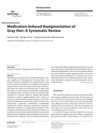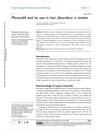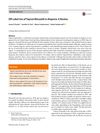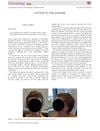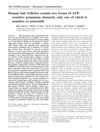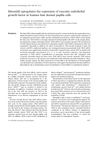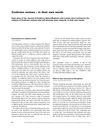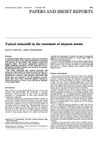Topical Minoxidil Reported Hair Discoloration: A Cross-Sectional Study
August 2023
in “
Dermatology Reports
”

TLDR Minoxidil, a common hair treatment, may cause hair to turn grey or change color, especially with long-term use or if you have a family history of grey hair.
The observational study conducted in Saudi Arabia assessed the potential of Minoxidil, a common medication for hair conditions like androgenic alopecia, to cause hair discoloration. The study used two questionnaires, one targeting the general population and the other targeting practicing dermatologists. Out of 453 patients surveyed, 26% (n=118) noticed greying of hair and 14.8% (n=67) noticed other hair color changes after using Minoxidil. Hair discoloration was more prevalent among those who used Minoxidil for a longer duration and those with a family history of hair greying. Among 57 dermatologists surveyed, 42.1% noticed hair greying in their patients after using Minoxidil, and 17.5% believed Minoxidil caused the hair greying. The study suggests that Minoxidil could potentially induce hair discoloration with extended use and in those with a familial history of hair greying, but further data is needed to confirm this.



